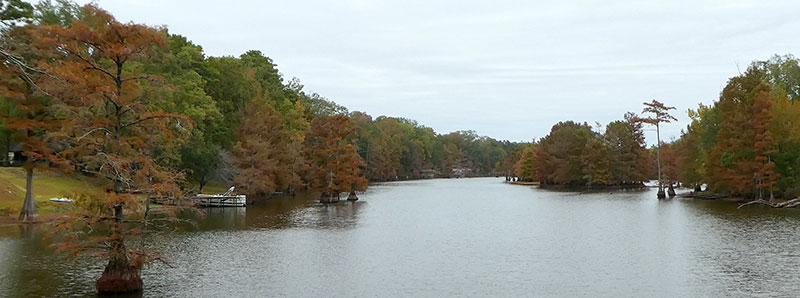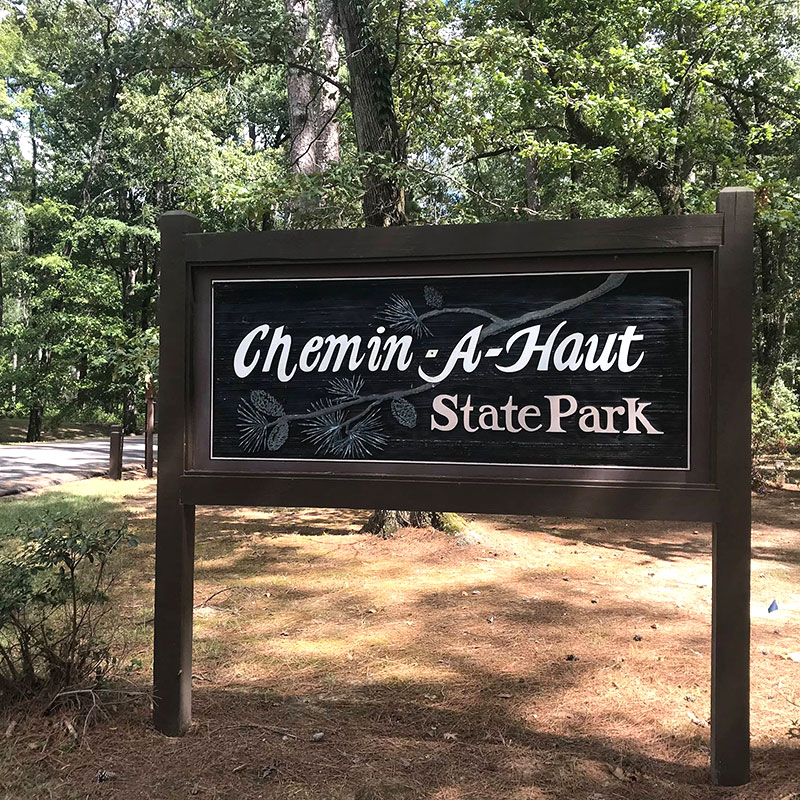
Some northeast Louisiana fishing holes, such as Bussey Brake and Poverty Point, get a lot of publicity, but others are truly hidden jewels. One often overlooked body of water is Bayou Bartholomew.
Starting northwest of Pine Pluff, Arkansas, Bayou Bartholomew winds its way south approximately 360 miles into Louisiana to empty into the Ouachita River near Sterlington. It is said to be the longest bayou in the world.
Near Sterlington, a long section of the old Bartholomew channel was dammed off years ago. Known locally as “The Cut-off,” it offers excellent fishing for bass, crappie and bream.
Little Bartholomew, the Parisian
Many Louisiana streams take their names from Indian words, but Bartholomew apparently is named for an obscure French explorer who was known as “Little Bartholomew, the Parisian.” He was a member of Sieur de LaSalle’s doomed 1684 expedition to start a colony at the mouth of the Mississippi River.
Unfortunately, LaSalle sailed too far west and established a settlement on the Texas Gulf coast. Within a couple of years, half of the people were dead from disease and Indian attacks. Desperate for help, LaSalle and a handful of men, including Bartholomew, left the starving settlement in 1687 and began walking east towards the Mississippi River. LaSalle’s plan was to make his way up the river to Canada and launch a rescue mission for his surviving colonists.
Along the way, however, discontented members of the expedition murdered LaSalle. A few men pushed on, crossed Bayou Bartholomew and finally reached Arkansas Post, a French trading post in southeast Arkansas.

While the other men continued on to Canada, Little Bartholomew the Parisian stayed behind at Arkansas Post, and it is believed that the French hunters and trappers in the area then named the bayou for him. Little Bartholomew was lucky because Indians killed most of the settlers LaSalle left behind in Texas.
Bayou Bartholomew is actually an old run of the Arkansas River. Like other rivers in our areas, the Arkansas is a meandering stream that wanders back and forth across its floodplain. It used to run in the Bartholomew channel but changed course to its present route about 2,000 years ago.
The bayou was an important transportation route for Native Americans long before the early French hunters and traders used it. When more European settlers entered the area in the late 1700s, farms and plantations sprang up along its banks, and by the nineteenth century, small steamboats were plying the bayou to bring cotton and timber to market.
Chemin-A-Haut State Park
Beautiful Bayou Bartholomew can be easily enjoyed by visiting the 503-acre Chemin-A-Haut State Park north of Bastrop, Louisiana. This scenic park sits on a ridge overlooking the stream.
For hundreds of years, Native Americans followed this ridge of high ground along the bayou to move back and forth between modern-day Arkansas and Louisiana on hunting and trading trips. When the French began using the same trail three hundred years ago, they called it chemin-a-haut, or “high road.”
Guests at Chemin-A-Haut State Park can rent boats and fish in Big Slough Lake, which is just off Bayou Bartholomew, or fish from the bank. There are also two playgrounds, and a wading pool and swimming pool are open during the summer months.
Numerous grills and picnic tables are available for family cookouts, and there are five group sites and three shelters for larger gatherings. For extended stays, the park offers RV and camping sites and furnished cabins.
Editor’s Note: Louisiana’s outdoor treasures have some pretty unique names, pronunciations and histories, all worthy of a closer look. This year, we’ll be spotlighting a few of them.


